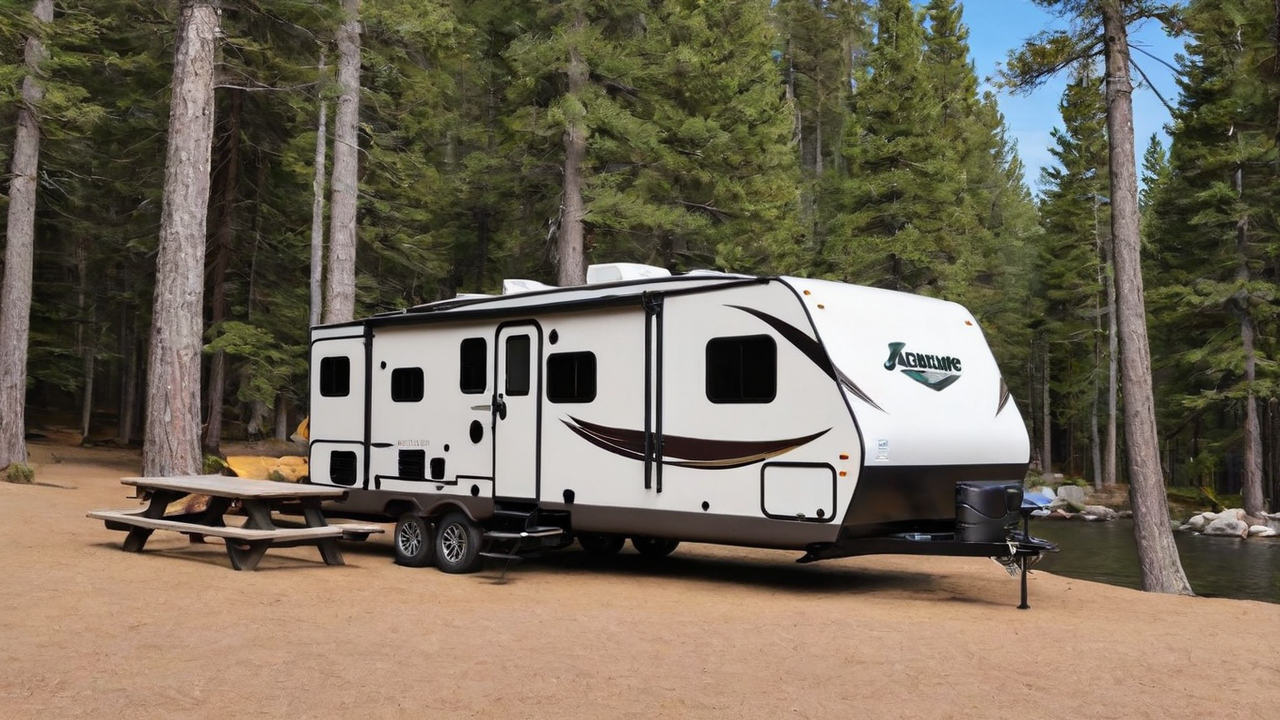Designing an Ultimate User's Interface: Designing Principles for Camping Software
Designing an Ultimate User's Interface: Designing Principles for Camping Software
Blog Article

Understanding The Users
Knowing whom the intended users is crucial in creating an efficient user's experience. It's important to consider the requirements, likes, and technology competence. Such understanding leads every designing choice, guaranteeing that your program becomes accessible and easy to use.
Knowing the users likewise implies recognizing the difficulties and how they plan to use the camping software. It allows the designers to tailor features and functionalities that meet specific requirements, thus making the software not only useful but also essential.
Streamlining the Navigation
Simplifying your navigation system is one key component of interface design. An clear navigation structure ensures visitors can quickly find what they're searching for, minimizing frustration and improving satisfaction levels. It's about making the journey through the software as seamless as possible.
Moreover, a well-designed navigation leads visitors through your software, emphasizing features and capabilities that they otherwise would overlook. Such an approach not only boosts usability but also promotes deeper engagement with the campground software's full range of features.
Incorporating High Quality Graphics
Visuals play an important role in designing an attractive user interface. They assist in breaking up text and can also convey functions more efficiently than description alone. Choosing the correct graphics, icons, and colors can improve the overall appearance of the software, thus making it more visually attractive to your users.
Furthermore, visual consistency is crucial for creating a strong brand identity and trustworthiness amongst your users. Every component ought to be in harmony with the brand's values and the message of the application, resulting in a seamless experience that is both polished and inviting.
Improving the Responsiveness
In today's online world, users expect campground software to be fully responsive on every platforms, from desktops to smartphones. A responsive interface guarantees that regardless of the screen size, the software provides an uncompromised experience. This not only increases usability but likewise caters to the users’ mobile lifestyle.
Moreover, improving your software’s responsiveness could result in improved performance, minimizing the loading time and preventing user frustration. Users value a quick and efficient interaction when accessing camping software, and this makes performance an element in user satisfaction.
Enhancing the Search
Locating information swiftly is key in any application, especially in campground software systems. Optimizing the search feature allows visitors to effortlessly locate exactly what they're looking for, which boosts user experience and productivity. Through smart search features, you can minimize user frustration and boost general satisfaction.
Moreover, sophisticated search features such as filtering options and tags can help in narrowing down results, making it search process more effective. Implementing these features shows an understanding of the user’s needs and an effort to enhancing the user’s interaction with your campground system as seamless and productive as possible.
Prioritizing Security
Security is a top priority when it comes to designing campground software. Your users expect to be secure when providing their private data. Ensuring robust security measures not only protects the information but likewise builds a sense of trust between the user and the company.
In addition to standard security features like passwords and encryption, it's important to consider implementing additional security measures such as two-factor authentication or biometric security logins. These features provide additional layers of security, ensuring that customer data is kept secure from unauthorized access.
Leveraging User Feedback
Listening to feedback is vital for the continual enhancement of the campground program. It allows the developers to understand what is working, what doesn’t, and how their software can be enhanced to meet the user’s needs. Actively seeking this feedback builds an open dialogue between your users and your team, which makes them feel like they are a part of the product's evolution.
Incorporating this feedback into account can lead in tangible enhancements in user interface designs and the overall user experience. Implementing changes based on user input shows that your brand values its users and is committed to providing a superior experience.
Maintaining Simplicity
Among UI design, the principle of simplicity is key. A overly complicated UI can confuse the users, resulting in an poor user experience. Simplicity, on the hand, makes the software more intuitive and user-friendly. It promotes more engagement and satisfaction levels.
Moreover, keeping the simplicity should also apply to your software’s content and functionality. Avoiding unneeded features that don’t add value can ensure that the UI remains uncluttered and focuses on the essential needs of the end-users. By, you discover more create a more streamlined and effective UX that resonates with your audience.
Report this page